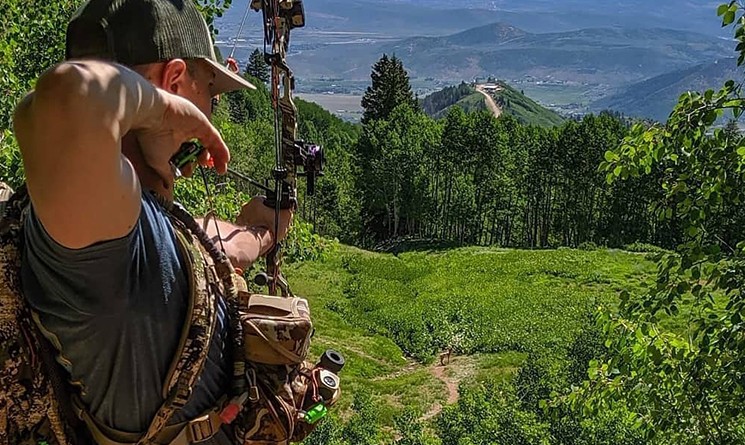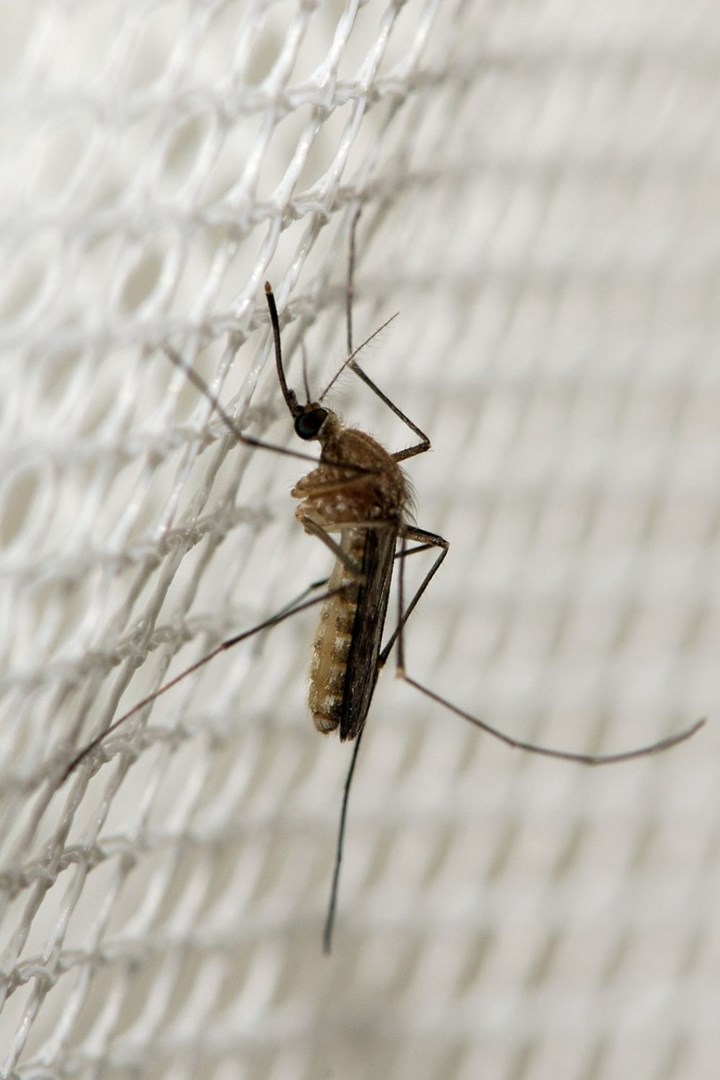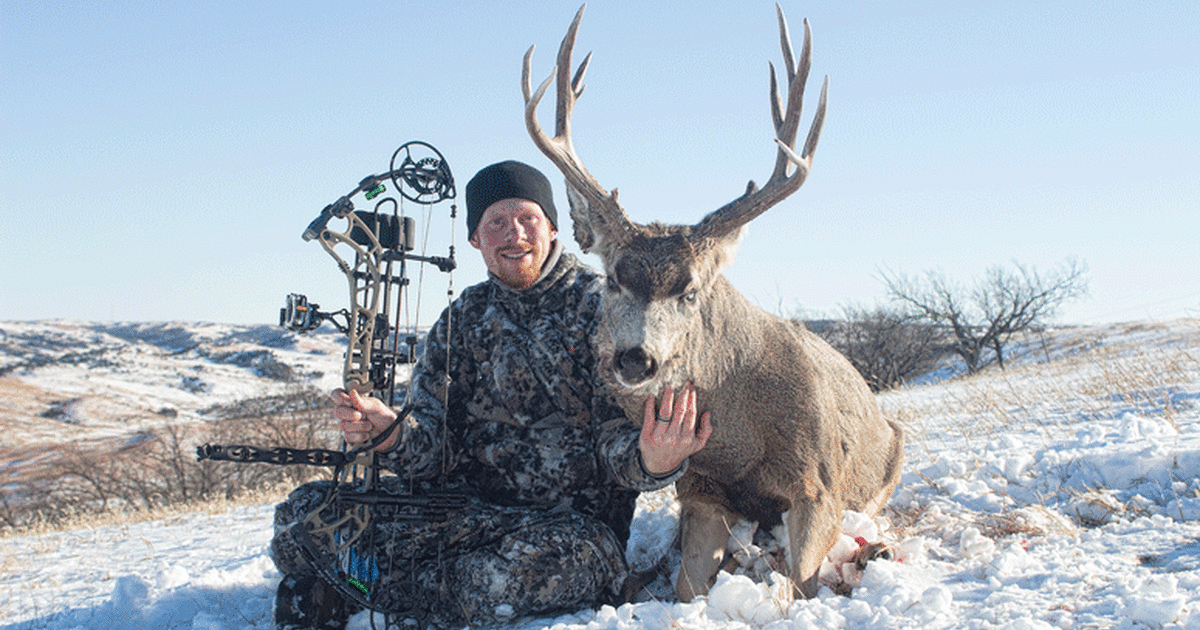
A great way to start food plots is to plant cover crops in your garden before and after harvest. Cover crops mine nutrients from the soil, making them the perfect companion to late season vegetables. Several mixes and clovers pair well with cover crops to create a more attractive food plot system. Here are some options. All of these foods are highly palatable for wildlife. You can make a more complex food system for animals to thrive.
Soybeans
The perennial favourite of deer, soybeans make a great late-season food plot. Soybeans, whether planted in spring or autumn, will always attract deer. They also increase the chances of getting a big buck. Soybean food plots are more popular with deer than other crops due to their low maintenance and ease of cultivation. Soybeans are a great source of forage and can last more than 10 years after being planted.
Brassicas
Brassicas are best planted in late-season food plots. They grow quickly and produce a lot of leafy biomass that shade out other plants. In early season plots, weed pressure is minimal and grazing can help control weeds. However, grass-selective herbicides are also effective. This should only be used on plants that are still growing. Rotating the plots once they are harvested is important.

Perennials
Many benefits can be derived from using perennials to create food plots. The soil will be freed from the annual plants. Perennials can stabilize the soil and provide food for the entire season. Annuals are more expensive than perennials. Perennials can also be planted in smaller areas and clearings. When choosing perennials, be aware of any large trees or other desirable timber around the area. Be aware of any mast-producing trees.
Turnips
One of the most effective practices is to plant late-season turnips in food plots. While these vegetables are delicious and nutritious to human consumers, deer do not always appreciate the taste. They are bitter in flavor but provide essential nutrition to deer. Turnips are great for deer attraction and retention. Here's how to plant these roots.
Radishes
It is possible to grow late-season radishes with food plots by planting them together with other brassicas. This will increase your plot's diversity and provide nutrients. Before you plant, do a soil analysis and take an average of it. The area should be cleared of all weeds, and fertilized and limed as needed.
Oats
Planting oats in the spring after the end of summer is one way to increase deer meat in late-season oats food plots. These grazing crops grow quickly in troughs of less than one and a half inches. They are easy and quick to harvest in late spring. Oats can be harvested in the spring and then fall off in the fall. Oats seed can be purchased from several seed companies during this period.

Winter wheat
Fall is the best time to plant winter wheat. While you can plant it in early autumn, it grows well into late winter and early spring. This crop can also be planted in any part of the country. Its seeds contain high levels of protein and are easy to digest for wildlife. It is a popular food choice for deer in winter. Additionally, the seed heads contain a lot energy. Winter wheat can also be used as a late-season food plot.
Rye
If you're looking to add more protein and carbohydrates to your deer plot, rye is a great option. Rye is an annual grass that grows to three to five feet in height. Rye grows well in late season food plots, and can be planted with other cool season species for greater effect. It can also be blended with other cereal grains to improve its palatability and nutritional value. Rye can also be eaten by deer and is a good late-season food choice.
FAQ
What if I don't have a hunting license?
Yes, you can hunt with no license. However, this could be considered a violation.
Fines and jail time could be possible.
Some states allow residents hunting without the need for a license. You can hunt in some states without a permit if you check with your state department for natural resources.
Where can I purchase a gun? Is it necessary?
Hunting certain species requires a gun.
Hunting licenses are required in most states. It depends on what game you intend to hunt and where you live.
Any sporting goods store will sell a rifle, shotgun or handgun as well as a crossbow and muzzle loader.
It is important to choose a weapon which suits your needs. You might look at a.22 caliber gun if your goal is to hunt small game such as rabbits, squirrels, and pheasants.
A larger caliber weapon might be a good option if you intend to hunt large animals like bears, elk, or deer.
It is important to feel at ease with a firearm before you buy it. Guns can be dangerous. It is a dangerous tool.
Check that the gun has been properly inspected before you purchase it. Ask the seller for instructions on how to load and unload your gun.
The warranty provided by the manufacturer should be reviewed. If there is no warranty, ask the dealer what kind of guarantee they offer.
Ask the dealer to provide you with a copy of their safety instructions. These documents should include information about safe storage and maintenance.
The serial number should be checked. If it begins with "NIB", the serial number means that the gun was brand new.
If the serial number starts with an odd number, then the gun has been previously owned.
If you aren't sure whether the gun was ever used, please contact the manufacturer. You should get more details from the manufacturer.
How many Americans are avid rifle hunters in the US
According to estimates, around 2,000,000 hunters use rifles for hunting deer, elk, and moose annually.
These hunters are mostly males, aged between 18-55 years old and live in rural areas.
They hunt in solitude, usually using a crossbow or a bow, and hunt during daylight hours.
Whitetail deer (68%), mule deer (13%), and black bears (10%) are the most common targets for hunters.
Although there are no data from a national level on the number of women who hunt, it is evident that female hunters are participating in greater numbers.
How many people in the US rely on hunting?
Over 300 million hunters reside in the United States. This is nearly twice the number of hunters than New York City residents.
Hunting has been a popular American pastime for centuries. Today, however, hunting for sport is less popular than ever. According to the U.S. According to the Fish & Wildlife Service, only 2 percent hunt regularly. That number is even lower among young adults.
Hunting is still popular among older generations, even though it may seem old-fashioned. A recent survey found that 68 percent of baby boomers plan to hunt again when they retire. Hunting is an opportunity to reconnect with nature and experience the outdoors.
For younger generations, however hunting isn’t necessarily a priority. According to the National Shooting Sports Foundation 18% of millennials are avid shooters.
That's why FWS is working hard to make sure that America's wild places remain open for everyone to experience.
In 2014, the agency launched its "Wild Lands" campaign to raise awareness about public lands across the country. The agency's goal is educate the public about the importance of conserving these areas and encourage them visit them.
Conservation efforts are encouraged through Wild Lands. FWS and National Rifle Association partnered to create Project Gunter, which is a youth shooting sports program. The program teaches children how to safely use firearms and helps them improve their marksmanship and safety skills.
Project Gunter is now expanding to women and minorities. The result is that more children learn how to shoot guns, and are active participants in wildlife conservation.
Why is America's hunter population so large?
Hunting is a sport that can be enjoyed by men and women of all ages. Hunting is a challenging sport that requires skill, dedication, and perseverance. However, hunting is not just for those who enjoy guns and shooting. Nature is what draws many people to the outdoors. They love being alone in the woods, watching wildlife, and learning about our natural environment.
Hunting is a great activity to have fun with your family and friends. It also helps you develop valuable skills like patience, teamwork, and self-reliance.
Hunters often enjoy the outdoors even more after they've hunted. Many people enjoy this hobby.
Many hunters love hunting because they believe it will allow them to be closer to nature. Hunting allows you to experience wildlife at close quarters. Hunting allows you to interact directly with wild animals, without having to harm them or disrupt their natural habitat.
Hunting also gives people a chance to practice their aim and sharpen their skills. It may take some time to hit the target when you start hunting. You will soon learn your shooting style with practice.
Hunting is also a popular sport that helps people stay healthy and fit. Hunting is a great activity to keep you physically active. You will need to walk long distances and climb trees to reach your prey. This will increase your heart rate and help you burn lots of calories.
Hunters also enjoy being outdoors in the fresh air. The smell of gunpowder and the sounds of birds chirping can make anyone feel relaxed.
Hunting is a great way to bond with your loved ones. Family members can share stories about their experiences during hunts. They can also teach each other new skills and techniques.
Hunting is fun! Nothing is better than going out into the wild and getting away from the city.
There are many options for hunters if you're interested. This hobby does not require that you be wealthy. You don’t even need special equipment. All that is required is a desire for outdoor activities and a willingness learn new things.
You can join a local club or go online to search for information about hunting.
Why is hunting a good hobby for you?
Hunting is like playing chess in nature. It is important to plan ahead and anticipate the outcome of each move.
Hunting is all about finding food. You must be able to identify the type of prey you are looking for, track it, and stop tracking. These things are essential to hunting success.
Keep your eyes open when hunting. This will ensure that you don't miss any opportunities. Once you spot something, get close enough that you can identify it. Take a note of everything that you see and make a recording. If you decide to hunt again, this will be helpful.
It's not just about shooting at targets. It's about being in sync with yourself, your surroundings, as well as the animals around.
Statistics
- In less than 20 years, Rhode Island saw a 40% drop in the number of hunting licenses for residents, according to The Valley Breeze. (stacker.com)
- According to the Wildlife Restoration Act, passed in 1937, most of the state conservation efforts are funded through hunting and fishing license sales and firearms sales. (stacker.com)
- - Percent of residents with paid hunting licenses: 0.7%- (stacker.com)
- - Percent of residents with paid hunting licenses: 0.7%- (stacker.com)
External Links
How To
How to pick the Best Deer Rifle
The right firearm selection depends on many factors, such as your budget, hunting style and terrain. The most important aspect is the type and species of game you are hunting. A scope is essential if you are going to hunt whitetail deer. You can choose a bolt action rifle, if you don’t mind carrying a gun carrier, or a semi-automatic weapon. There are many types of rifles on the market. Some people prefer the feel of a trigger-action rifle, while some prefer a pump-action one. You can choose which model you prefer. Before you buy a model, however, there are several things to keep in mind.
First of all, you need to decide which kind of game hunting you prefer. Do you want to hunt small game such as squirrels or large animals such as deer? Depending on the size of the animal you intend to hunt, you might want to get a different type of weapon. For example, if you are planning to hunt deer, then you should look at a.308 caliber rifle. This means that you will be able to kill larger sized animals than those that are hunted with a.223 caliber rifle. You should also consider the price when purchasing a rifle. A good quality rifle will cost much less than a cheap one. It is important to ensure the rifle you choose matches the ammunition you will use. In addition, make sure that the barrel length is sufficient enough so that you can hit the target from far away.
Another important consideration is the type of terrain where you intend to hunt. Are you planning to hunt in open areas or dense forests? If you're going to hunt in open terrain, then a long range rifle is the best choice. A short-range rifle is better if you plan to hunt in close proximity to trees. Make sure that you have adequate knowledge regarding the type of terrain you intend to hunt.
Last but not the least, before buying a rifle you need to inspect the condition. You should ensure that your rifle is in good condition. Check whether the trigger works properly. Check for corrosion or rust. You should inspect the rifle's stock as well as the finish. To verify that the rifle shoots accurately, you should test-fire it. These steps will help to decide if the rifle's suitability for you.